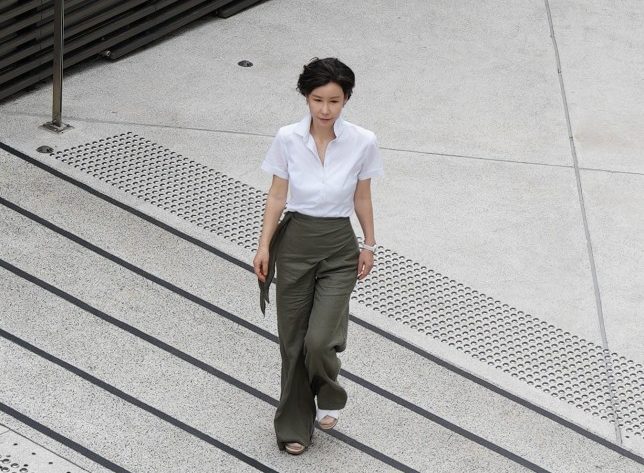The School of Fashion and Textiles (SFT) at The Hong Kong Polytechnic University is in the midst of what some might call a glow-up.
In 2022, The Hong Kong Polytechnic University — known internationally for its prowess in technology and engineering — officially upgraded its fashion and textiles program from a department under its Science division to an independent school, with plans to amplify it on a global stage. In addition to injecting more resources into fashion and textiles research and introducing new undergraduate and postgraduate programs, the School has hired a new executive dean from the United States to help it reach these ambitious new goals. Esteemed Professor Erin Cho, formerly professor of design strategies at Parsons School of Design and Dean at the New School, is just the woman for the job.
Growing up in Seoul, South Korea, Cho was always interested in fashion design and studied it during undergrad at Seoul National University, before shifting her focus to technology while pursuing her master’s degree at the same school. A desire to “build a complete understanding of the fashion ecosystem” led her to the States in pursuit of her PhD in supply chain management and consumer behavior. All of it led to where she is now.
Photo: Courtesy of The Hong Kong Polytechnic University
As the fashion industry evolves, so do the needs of fashion students who hope to succeed in it. Simplify fostering creative talent is no longer enough to prepare students for the real world. Other factors — like business, production, sustainability, social issues, communication and technology — are equally (if not more) important. And Cho understands that deeply, thanks in part to her own experience of moving her career in different parts of the industry ecosystem — and also, in part, to her leadership experience at the Parsons School of Design and The New School.
“They wanted to build a space where they provide strategy education to designers,” explains Cho, who had been on faculty at the University of Wisconsin-Madison’s business school (where she also got her PhD) — when Parsons reached out. “They want to see their designers to move up the ladder, being in a managerial position beyond just producing and designing physical products and services. So they (were) building a program that educates students for the qualities necessary to become a leader.”
Cho is a world-renowned scholar and also possesses extensive management experience. Before joining PolyU, she was a tenured full professor of design strategies at the Parsons School of Design, where she progressed steadily into a leadership position over the past years. She served as executive director of executive education and assumed her role as dean of the School for Undergraduate Studies at The New School in 2020. She was the first Asian dean in over 100 years of the university’s history.
In addition to familiarizing Cho with academic administrative responsibilities, these experiences fostered in her an understanding of what makes for a well-rounded fashion education today — beyond design.
“The leading design schools actually emphasize elevating students’ ability to see what is happening in the marketplace, what’s emerging, what are the key social issues that people are concerned about, and what are the different ways that they (can) communicate themselves to society,” she explains. “Designers who are able to catch that aspect, being able to translate those things into visual forms, are the ones actually who are able to lead the way and put together something that has wider adoption by the market, thereby having a better chance to succeed.”
She saw the SFT role, then, as “the perfect learning opportunity” to “see what I can actually do by leveraging my experience, by leveraging my understanding, by leveraging my international network in ways to actually push the boundary of what fashion can do, what design can do, particularly incorporating technology.”
Having spent much of her academic career exploring the intersection of design and technology, it was also not lost on her that, when it comes to that subject, Asia is leading the way. “What’s happening here is mind-boggling, above and beyond what I have envisioned. I’m in an epicenter of the activities where we actually can put together and leverage our capacity and capabilities to make exciting things happen, particularly converting an idea into something that goes through the production line and supply chain so that it can be shaped and distributed as a product or service for the market.”
Below, Cho delves further into importance of producing something real vs. simply discussing ideas, what it means to provide a holistic fashion education, using fashion and tech to solve problems, raising SFT’s (and Hong Kong’s) profile in the fashion sphere, and the unique challenges young people are facing nowadays.
What a holistic approach to fashion education means today
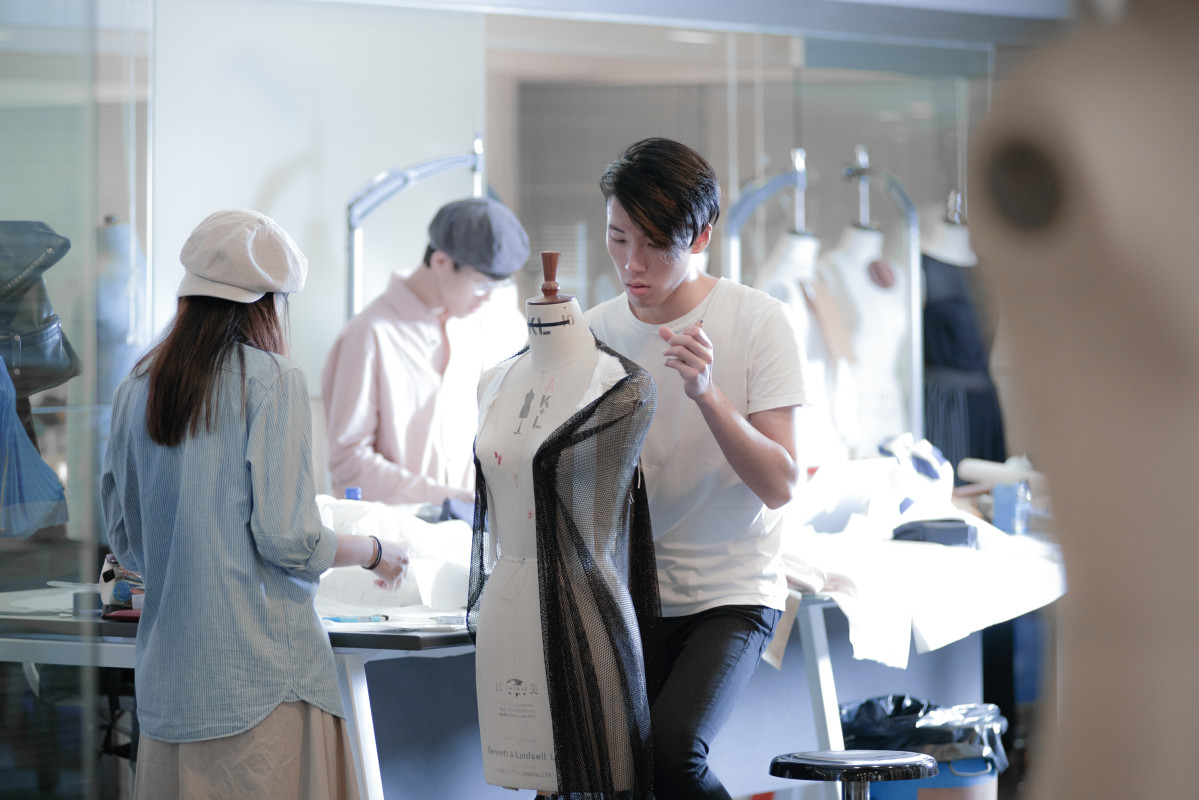
Photo: Courtesy of The Hong Kong Polytechnic University
Cho says, “Holistic education means that we educate students not only for knowledge and skill sets, but also to become well-rounded and grounded and wholesome human beings who contribute to the humanities and are advancing our society.”
“Students are given opportunities and extracurricular activities that they can participate in that aligns with their own interests. For example, there is a study called Service Learning. It’s a mandatory course for anyone, independent of what you study, has to take for multiple credits. One of the service learnings SFT offers is community engagement through expressive textile arts and fashion. We teach how to put together garments, textile arts or some craft. Sometimes it is mentally challenged people or sometimes it’s the elderly who need opportunities to engage with other people through making activities that help them discover how creative they can be and feel empowered by their outputs.”
“SFT education incorporates a lot of industry engagement, giving students an opportunity to actually feel what it means to work in a team in a real environment, what it means to manage the hierarchy, what it means to communicate in a way to convey and deliver your ideas that mobilize people behind your visions and goals and manage destructive frictions.”
“An amazing aspect of Hong Kong is that we have so many fashion companies, not only just in the retailing or designer space like in the United States, but it’s also manufacturing, supply chain, logistics. So having them go through many different sectors of the industry also helps them to understand people working in a different department in an organization, who you should involve to make it happen. So they become a better integrator and communicator because they understand what’s involved.”
“Chances are that those who go through this education become a leader. And that’s actually what we focus on, too, being the leader who charters the way forward to build a better community.”
Using technology to evolve (and even redefine) fashion
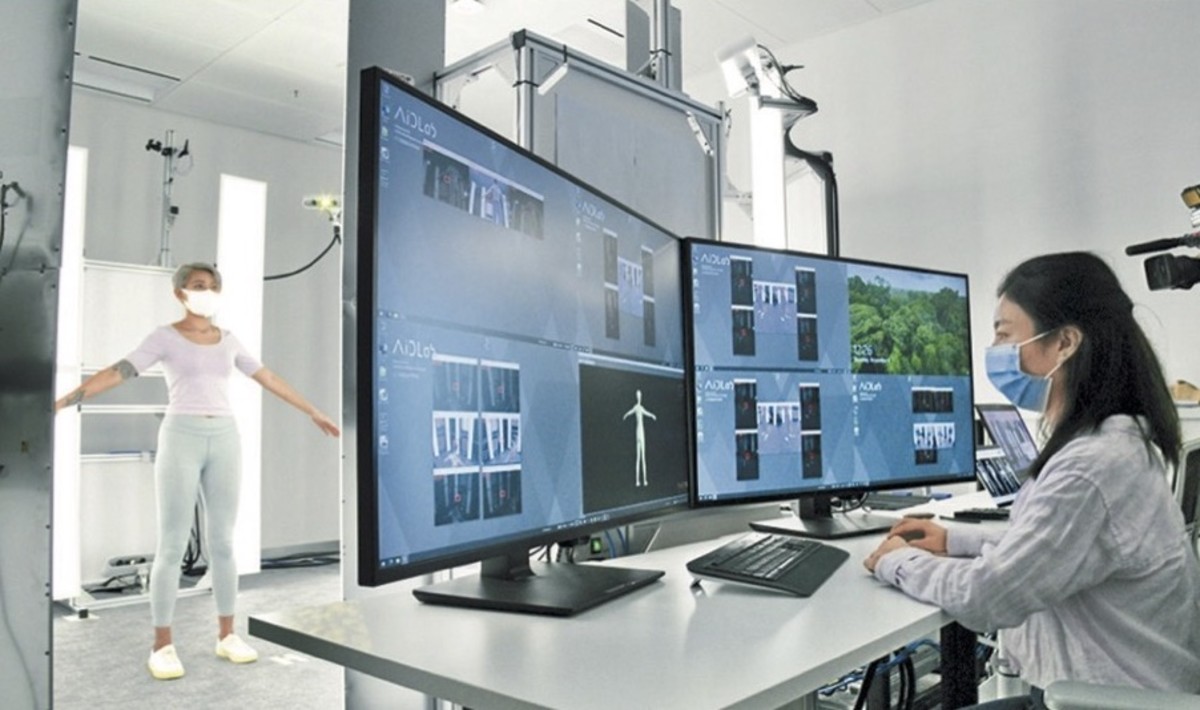
Photo: Courtesy of Laboratory for Artificial Intelligence in Design (AiDLab)
“This is what I’m most excited about being here,” says Cho. “SFT has a strong ability, capacity, resources and equipment to building something real with science and technology. For example, when we talk about sustainability, it is not just about a very high-level conceptual sustainability, it’s about how we actually build materials and platforms to move specific sustainability agenda and mandates forward with fiber science and high-technology.”
“Months ago we had a MOU with China Resources Enterprise Limited. It’s a humongously large company in mainland China with an extensive portfolio. They want to work with us in three different aspects. One is extracting glass fiber from rocks.”
“When you extract a fiber from that particular rocks, you can build something called glass fiber, which is much stronger in terms of the duration, and also in terms of the humidity, noise blocking, and the weight. So it can be easily put into the building structure that requires soundproofing, humidity control, and energy efficiency.”
“Another thing that they like to do is to extract the fibers from pineapple. It’s much better than cotton in terms of providing comfort to the body, water absorption and evaporation, blocking the heat, and other functional elements. It is also a novel way to manage tons of waste from food consumption to produce natural and biodegradable fibers.”
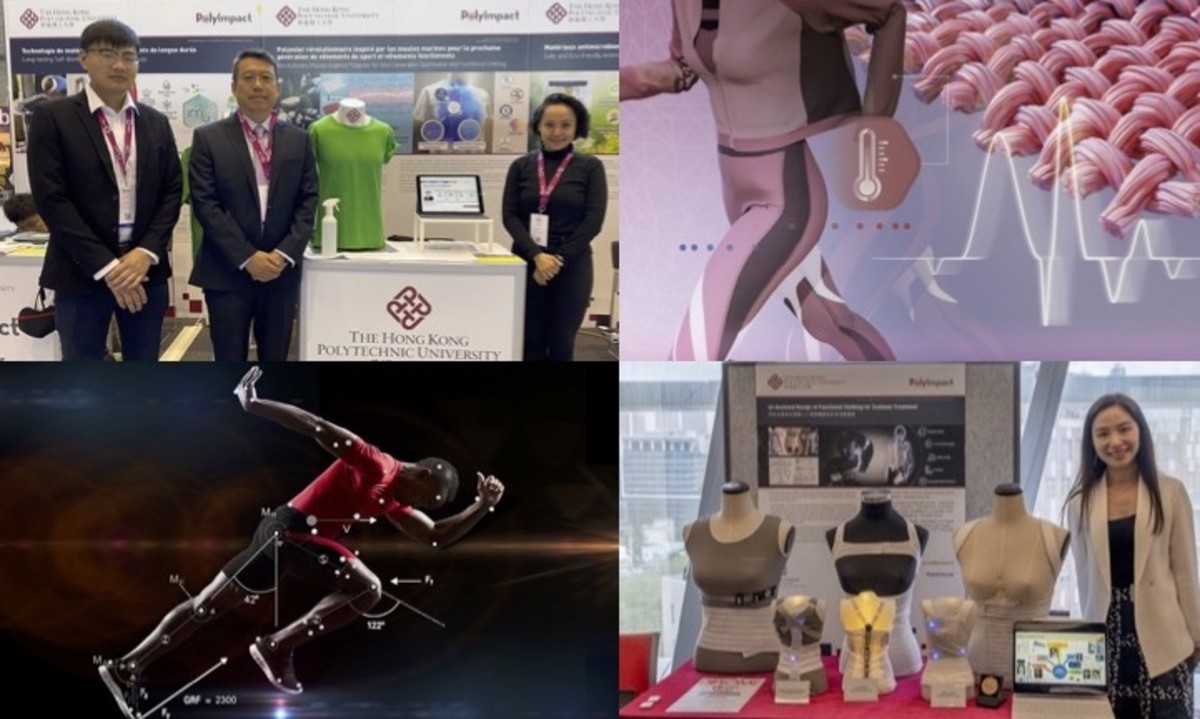
Photos: Courtesy of The Hong Kong Polytechnic University
“Our design (program) is very much human and innovation-focused. Not only just the beautiful things, but also we try to achieve ways to improve the welfare of human beings with design and technology. For example, we have one faculty building a garment that helps young people dealing with scoliosis.”
“Using artificial intelligence, our researchers collected the data for the spine shape from young kids from a large amount of different subjects, and then followed through their physical development and body-shape changes. Leveraging AI computation and analytics, our researchers are able to build a textile structure that is gentle to and accommodating changes in their bodies. The supportive garment structure is so easy and flexible compared to what is currently available in the market.”
“Our business program also embraces innovation and latest technology. They create virtual showrooms using AR and VR, creating the virtual communities where transactions happen, how virtual humans can function or function better as a celebrities or spokesperson of a brand, where it works better and where it doesn’t, and what are the issues along with it, the ethical concerns of sharing data. So those are examples of how we approach fashion in a more, future-focused way.”
“We really have to detach the idea of fashion from physical goods. Fashion is something that we use to communicate our identities, to express and project who we are for ourselves and to others. So all the communication methods, all the ways of interaction and engagement, all the things that we do in the context of society, in an effort to represent yourself desirably, in a way that supports your psychology and boost your ego, that’s fashion. So in order for us to test and see how far we can go with this newly defined understanding of fashion, technology is a key component. And we are doing very well on that front.”
Turning designers into entrepreneurs

Photo: Courtesy of The Hong Kong Polytechnic University
“Maybe because of the environment of PolyU with great engineering capacities and an innovation mindset, entrepreneurship is ingrained in SFT,” Cho says. “PolyU offers ample opportunities for students, faculty, and our communities to pursue seed and startup funding for their innovative and breakthrough ideas.”
“A good number of faculty has their own entrepreneurial activities funded by the School. So they are the ones who encourage students because they are the ones who are going through the process and have direct experiences.”
“I am going to systematize and encourage the entrepreneurship spirit and activity by offering a new master’s degree program on ‘fashion venture and leadership.’ It’s under development with my leadership.”
Looking to the past, as well as the future
“I am also developing another new design program at the master’s degree level, focused on history, craftsmanship, workmanship and whatnot,” Cho explains. “So for example, I talk to museums here all the time… One of the things that I find fascinating is the Chinese traditional silk. China has been one of the most affluent countries in human history. Although imperial textiles are one of the major artifacts culminating the latest technology, artisanship, and materiality as well as philosophy, ideology, and humanities of the time, we have lost much of these treasures and intangible heritages along with it due to wars and years of neglect. I do believe that it’s time for us to pay attention to preserve these treasures, find ways to better preserve and bring back workmanship for contemporary use.”
“We have a sustainable fashion and innovation program set to go next year. We have another master’s program almost set to go next year on intelligent wearable technology. So these are just the simple examples of our School cultivating and nurturing and producing next creative leaders through education.”
The future of Hong Kong’s fashion industry and ‘brand’
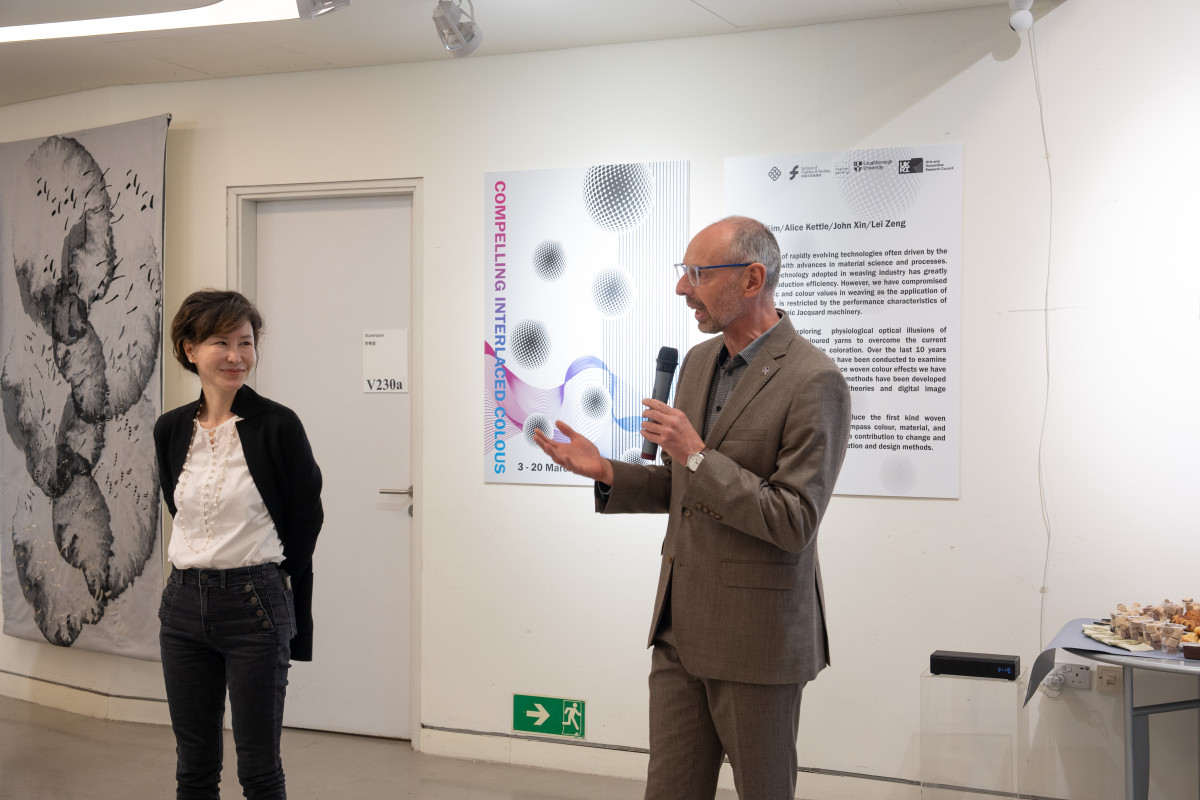
Photo: Courtesy of The Hong Kong Polytechnic University
“I don’t think people, particularly global fashion communities, know much about SFT at The Hong Kong Polytechnic University,” says Cho. “So my goal is to spread the word, increase the visibility of what we do here, how innovative we are, and how actually we are making things happen so that they can join us, because I know there are such creative, such amazing scholars and thought leaders here at SFT and love to invite like-minded members of the global community to join forces in changing the world for the better.”
“Hong Kong was the supply base in the ’90s and 2000s. Not only big companies, but the midsize, small-size apparel supply chain companies, they did very well. However, now those that require manual labor moved down to southeastern countries. Those that require a heavy investment move to China. So many midsize and small-size manufacturers in Hong Kong are going through an adjustment period.”
“Because they have good experience in supply chain and manufacturing, leveraging that experience, Hong Kong now aims to build its own global brands, and that’s where SFT at PolyU can contribute greatly. We are the ones who actually can help transform the fashion and creative industries here in Hong Kong, aligning with their aspirations and desire of creating the brands and moving the supply chain into a more value-added space.”
Advice for struggling students
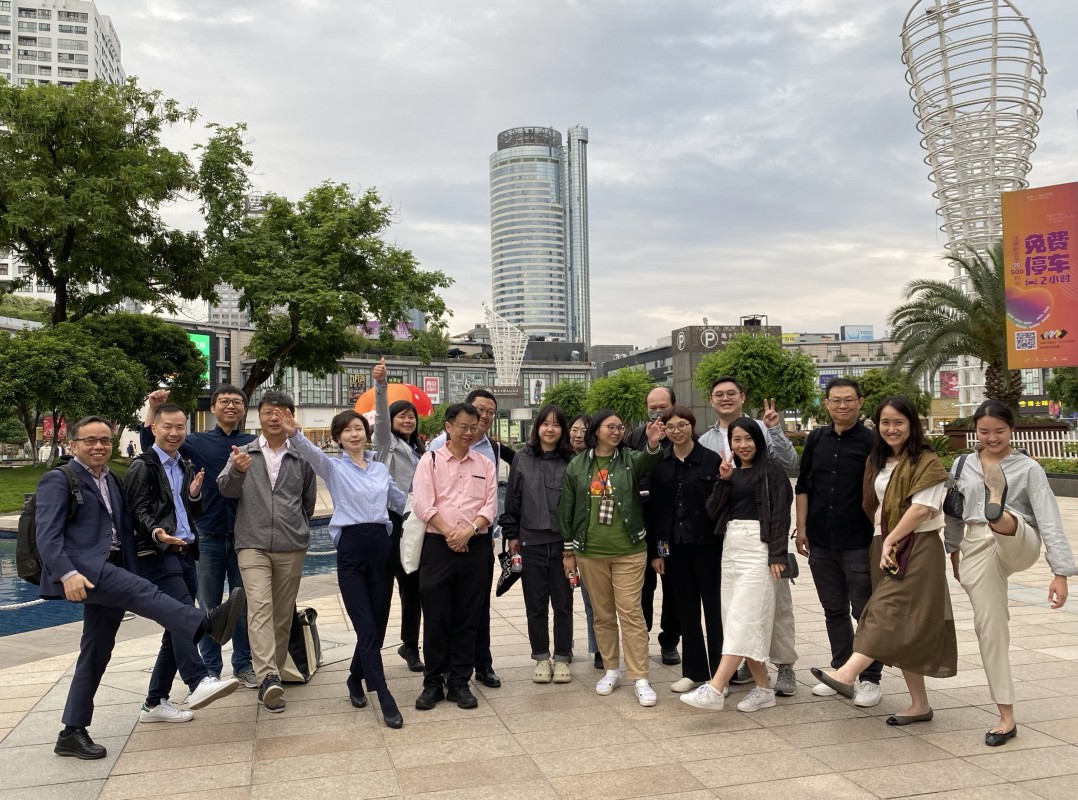
Photo: Courtesy of The Hong Kong Polytechnic University
“I want young people know that we are actually stronger than we think we are. And much of the challenges and obstacles as well as your ability and your willingness to face and overcome the difficulties have to do with the way that you frame the difficulties,” says Cho.
“I had my own share of challenges, many layers of glass ceilings, and frustrations go through. For example, I had to be a mother raising two kids, while building a demanding professional career in a white-dominant society as an Asian woman who speaks English with an accent. However, I always frame those challenges as a learning opportunity that I had to exert the best effort to get the most out of and that’s how I am where I am now. I truly believe that there is no such thing as wasted energy and wasted effort.”
“Another big lesson I learned going through all is that you cannot accomplish much by yourself. You can accomplish many things by working hard, but if you want to build something truly significant, if you want to make change that affects the trajectory of the human advancement and society, you need a team. And as long as that community can be united under the same visions, goals and values, big progresses can be made and significant challenges can be overcome.”
